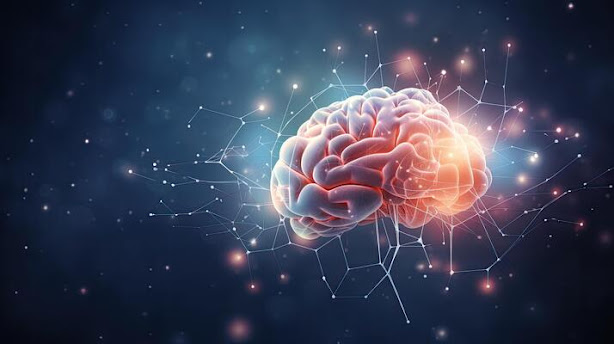Multiple
spike complexes are a specific type of electroencephalographic (EEG) pattern
characterized by the presence of several spikes occurring in quick succession.
Characteristics
of Multiple Spike Complexes
1.
Definition:
o Multiple
spike complexes consist of a series of spikes that occur in rapid succession,
often followed by a slow wave. They are significant in the context of various
seizure types and epilepsy syndromes.
2.
Waveform Composition:
o Spike
Component: The spike component is characterized by multiple sharp,
well-defined spikes that can vary in amplitude. These spikes may appear as a
burst and can be seen in different regions of the scalp depending on the
underlying pathology.
o Slow Wave
Component: Following the multiple spikes, there may be a slow wave that
is more rounded and gradual. This slow wave can help distinguish the complex
from other types of spikes and waves.
3.
Frequency:
o The
frequency of multiple spike complexes can vary, but they are often observed at
frequencies of 2 Hz to 4 Hz. The rapid succession of spikes is a key feature
that differentiates them from single spike events.
4.
Clinical Context:
o Generalized
Epilepsy Syndromes: Multiple spike complexes are commonly associated
with generalized epilepsy syndromes, such as Juvenile Myoclonic Epilepsy (JME)
and other forms of generalized epilepsy. They can correlate with specific
seizure types, including generalized tonic-clonic seizures and myoclonic jerks.
o Absence
Seizures: In some cases, multiple spike complexes can also be observed
during absence seizures, particularly atypical absence seizures, where the EEG
may show a mix of spikes and slow waves.
5.
EEG Findings:
o On an
EEG, multiple spike complexes appear as bursts of spikes that may be followed
by a slow wave. These complexes can interrupt the background activity and are
often more prominent in the frontal and central regions of the scalp.
6.
Significance:
o The
identification of multiple spike complexes is crucial for diagnosing
generalized epilepsy syndromes. Their presence can indicate a more severe form
of epilepsy and may guide treatment decisions, including the choice of
antiepileptic medications.
Conclusion
Multiple
spike complexes are important EEG patterns associated with generalized
seizures, characterized by a series of spikes occurring in rapid succession,
often followed by slow waves. Recognizing these complexes is essential for
accurate diagnosis and management of patients with epilepsy, particularly those
with generalized epilepsy syndromes. Understanding their characteristics helps
in differentiating them from other seizure types and tailoring appropriate
treatment strategies.


Comments
Post a Comment